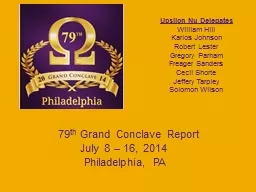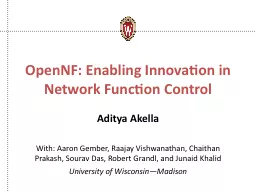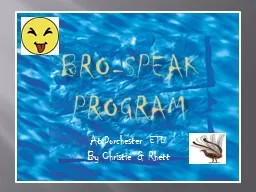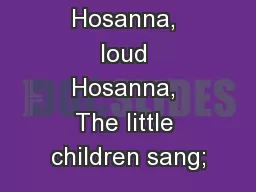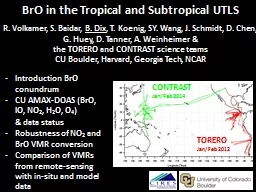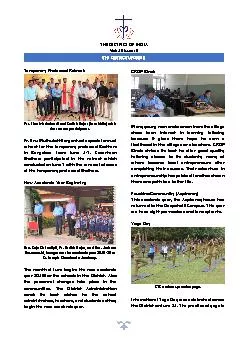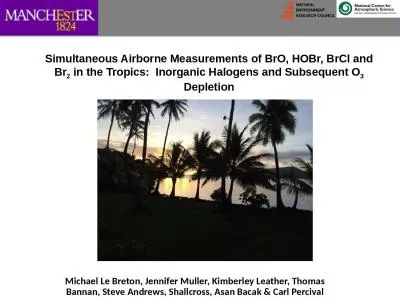PPT-[d]at’s loud, bro! A report on TH-stopping in
Author : firingbarrels | Published Date : 2020-10-22
Multicultural Toronto English Lauren Bigelow Tim Gadanidis Lisa Schlegl Pocholo Umbal and Derek Denis 2nd Annual BuffaloToronto Workshop on Linguistic Perspectives
Presentation Embed Code
Download Presentation
Download Presentation The PPT/PDF document "[d]at’s loud, bro! A report on TH-sto..." is the property of its rightful owner. Permission is granted to download and print the materials on this website for personal, non-commercial use only, and to display it on your personal computer provided you do not modify the materials and that you retain all copyright notices contained in the materials. By downloading content from our website, you accept the terms of this agreement.
[d]at’s loud, bro! A report on TH-stopping in: Transcript
Download Rules Of Document
"[d]at’s loud, bro! A report on TH-stopping in"The content belongs to its owner. You may download and print it for personal use, without modification, and keep all copyright notices. By downloading, you agree to these terms.
Related Documents

![PPT-[d]at’s loud, bro! A report on TH-stopping in](https://thumbs.docslides.com/815267/d-at-s-loud-bro-a-report-on-th-stopping-in.jpg)
